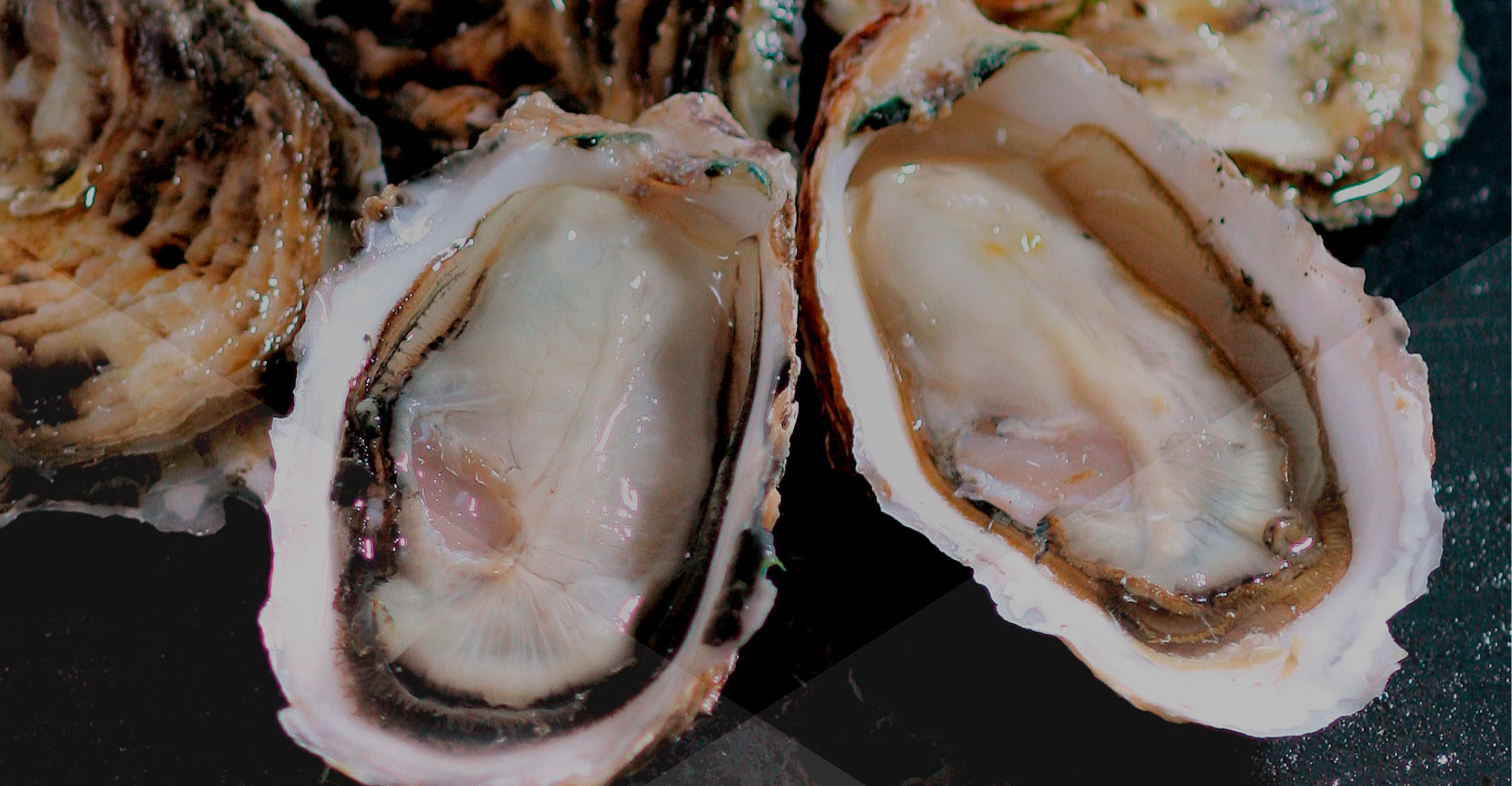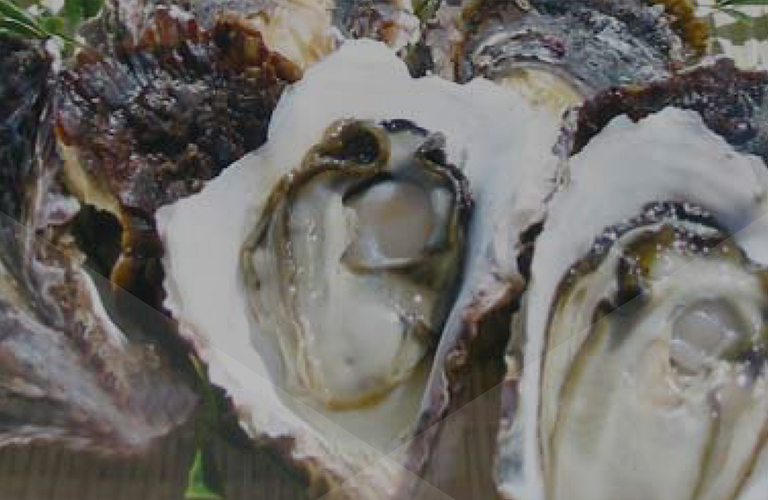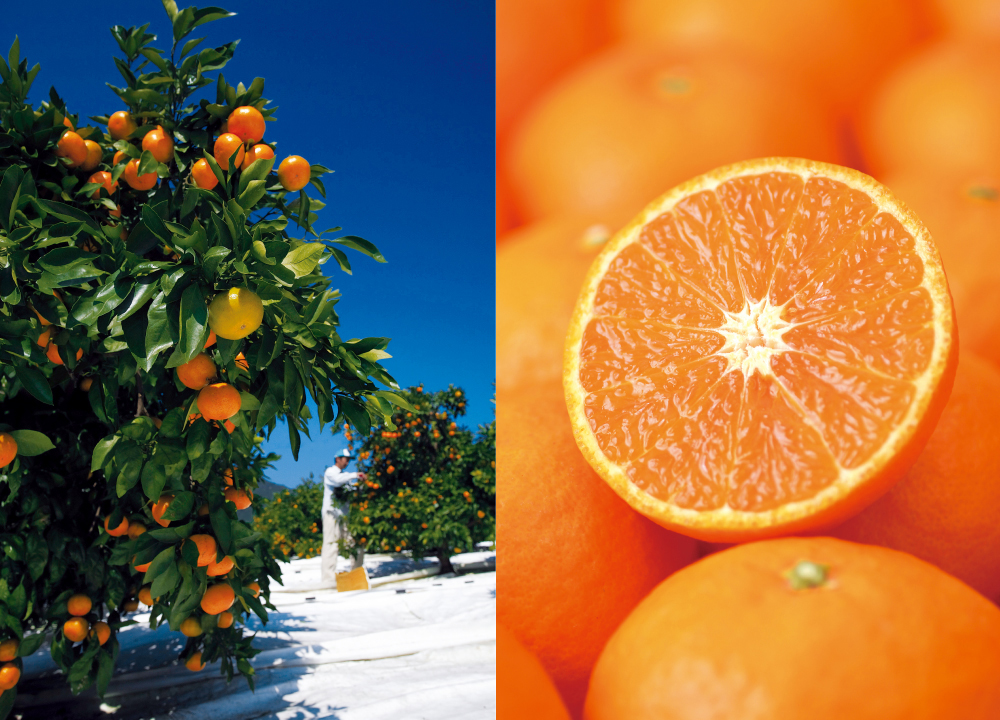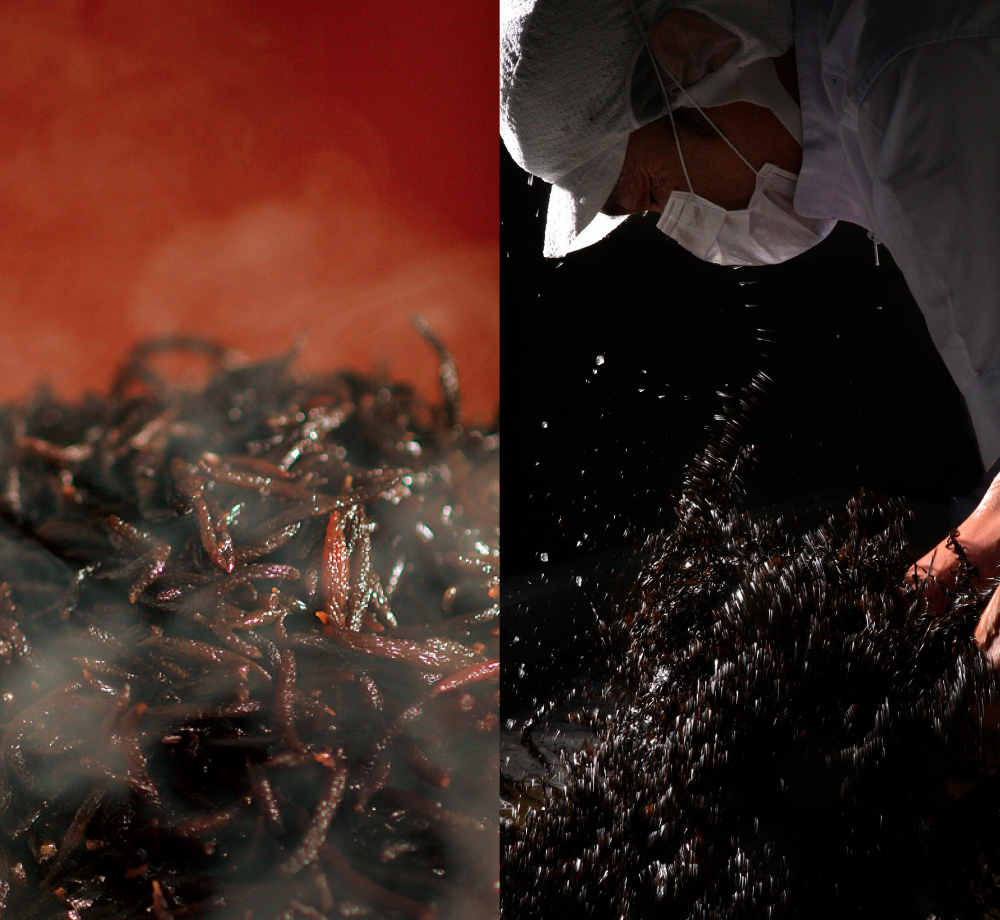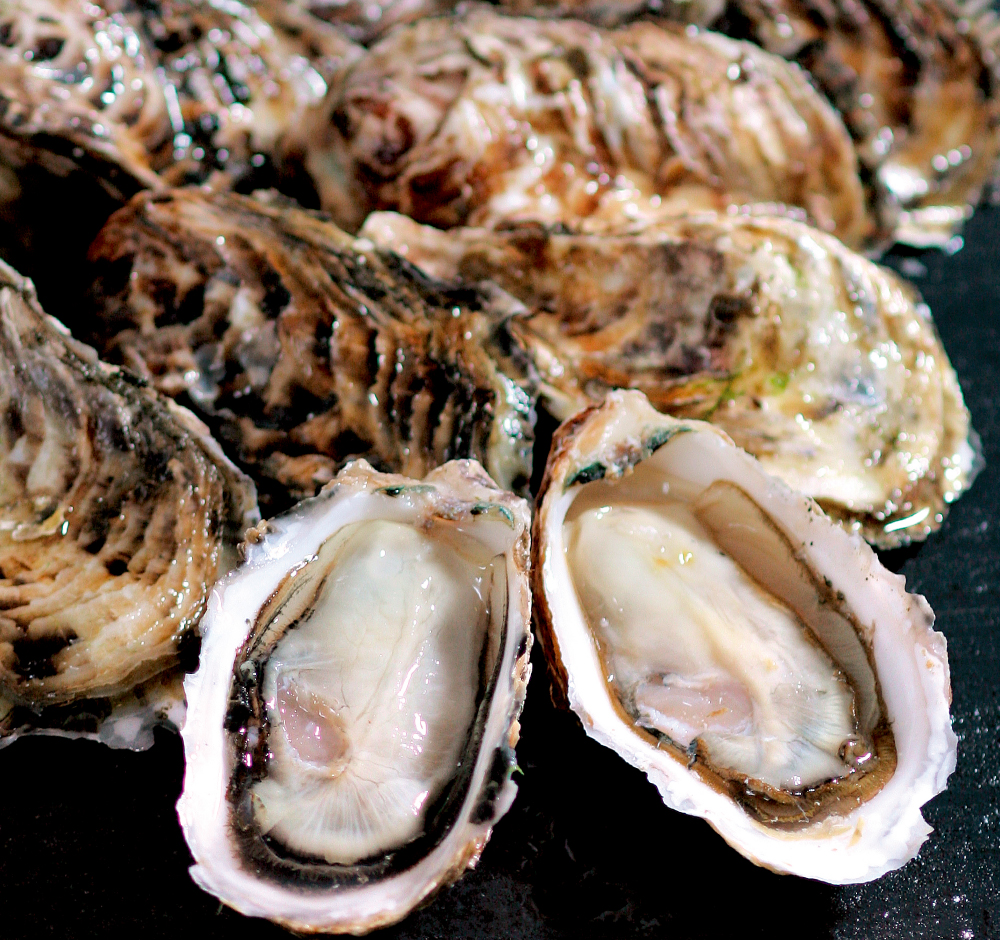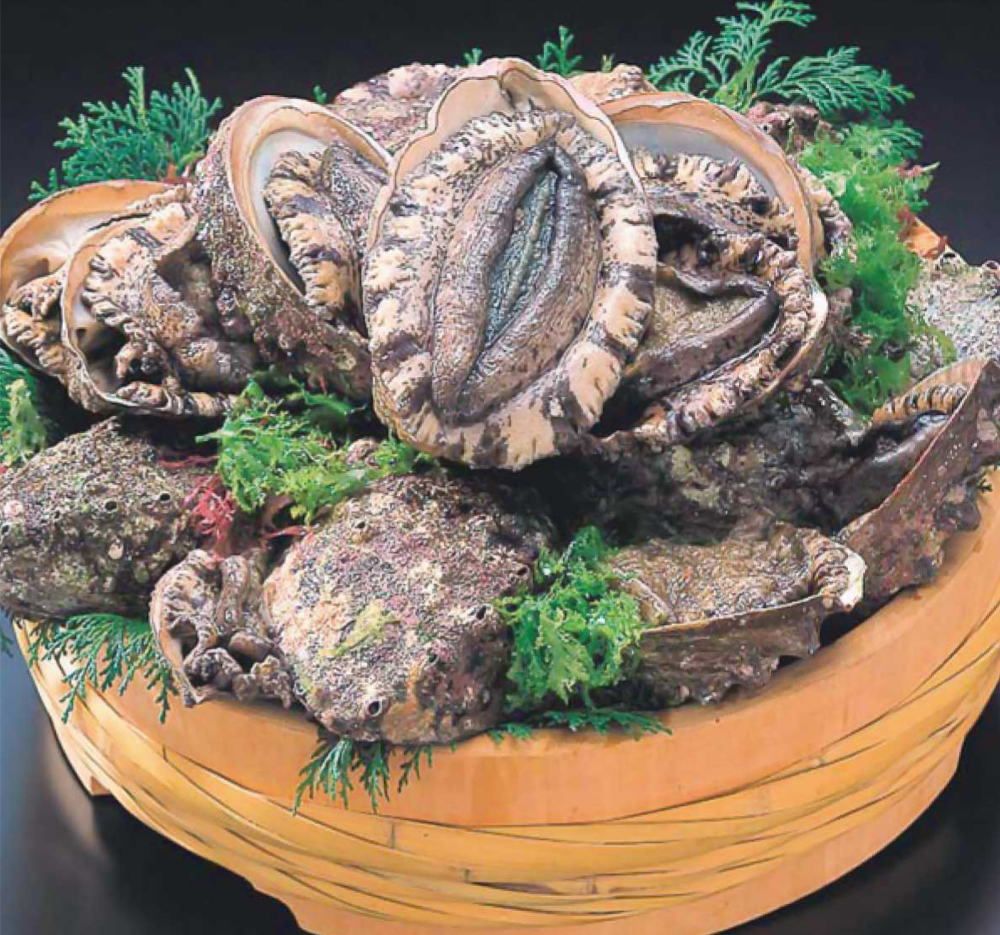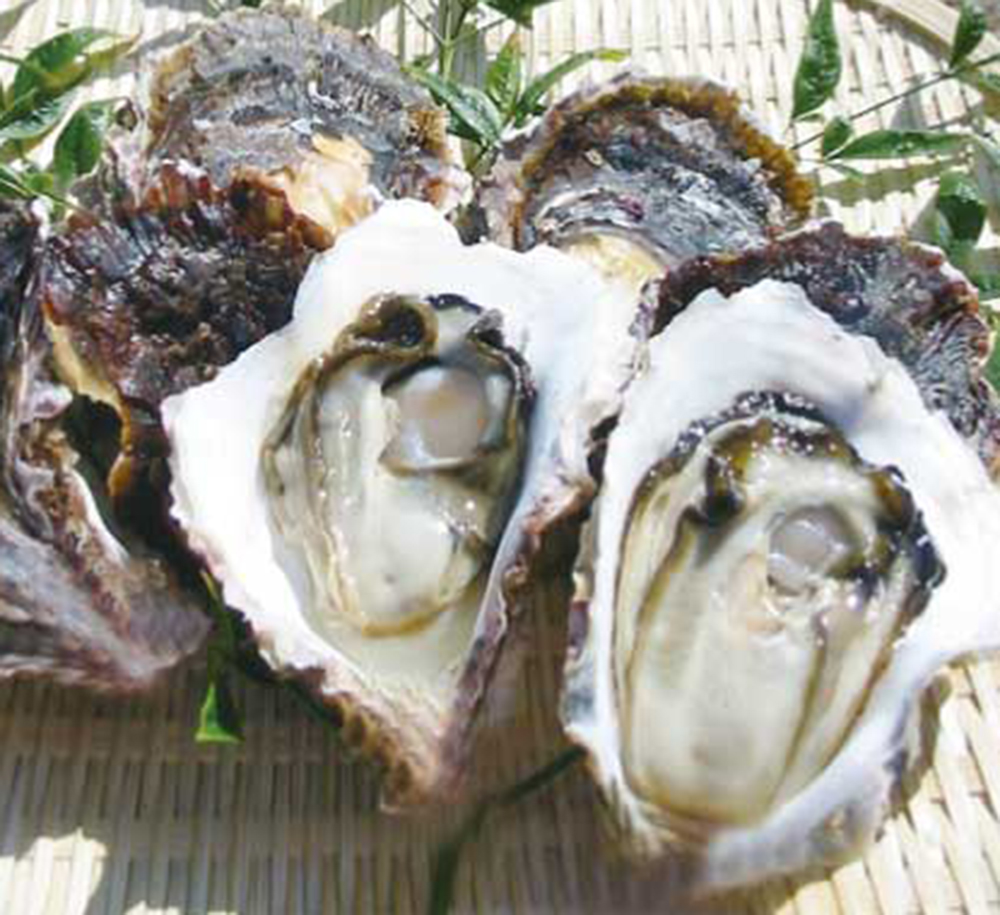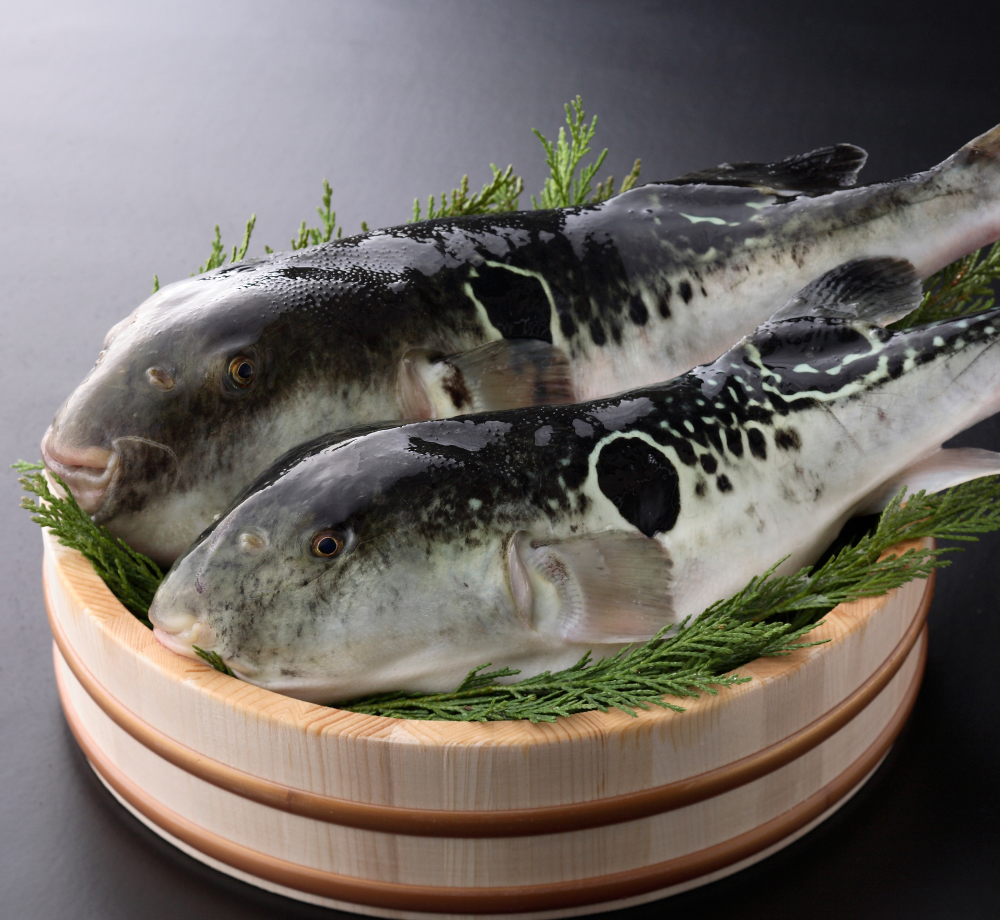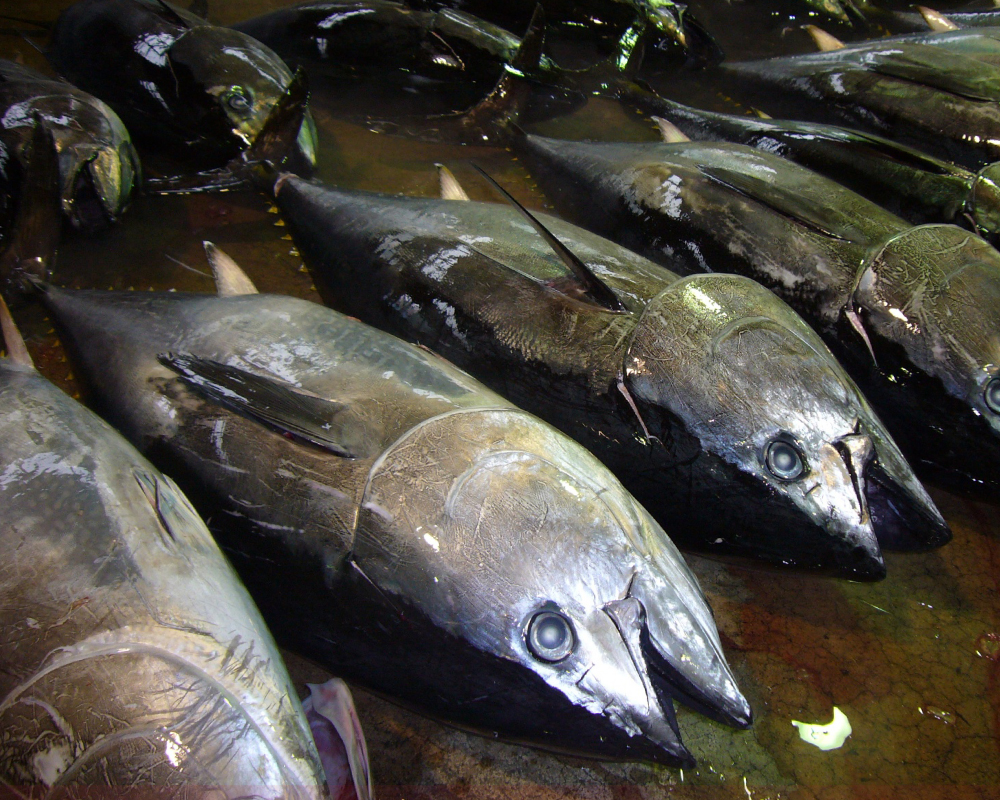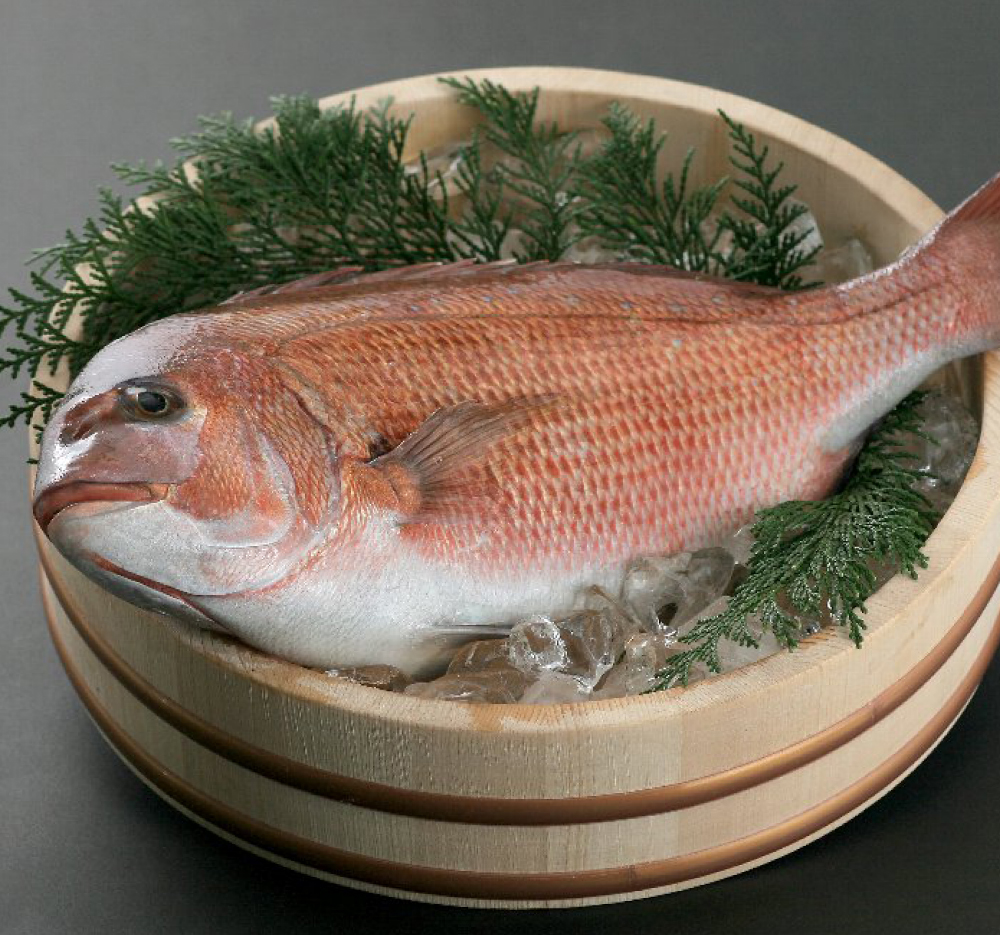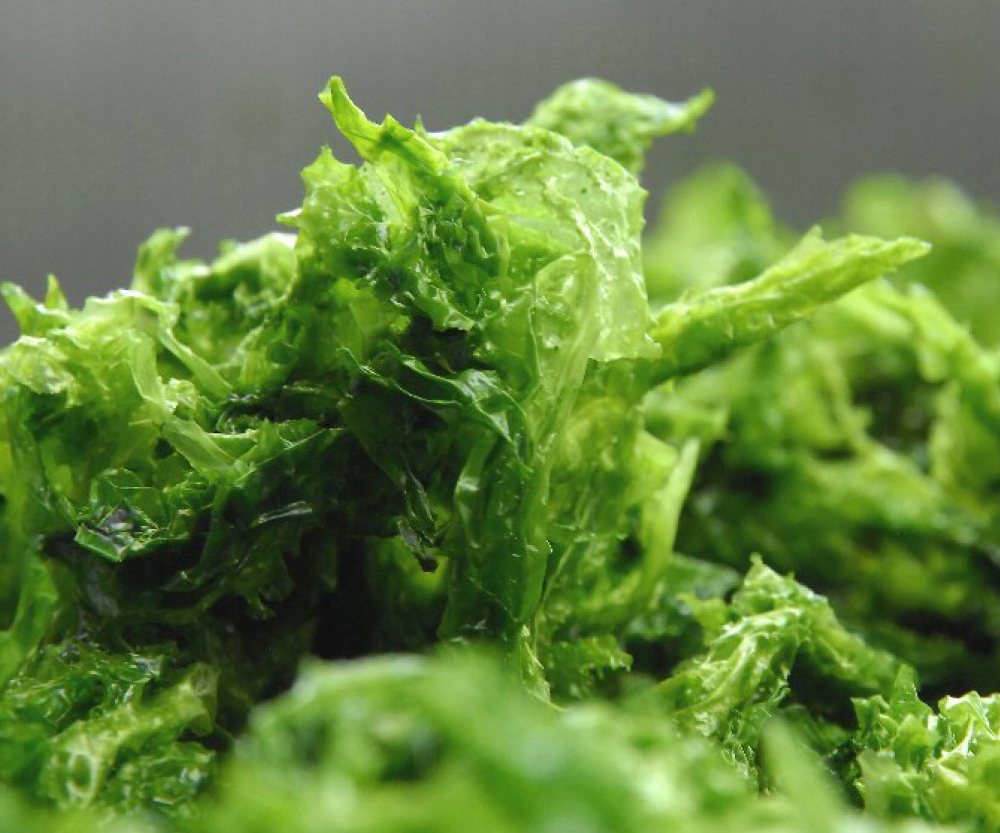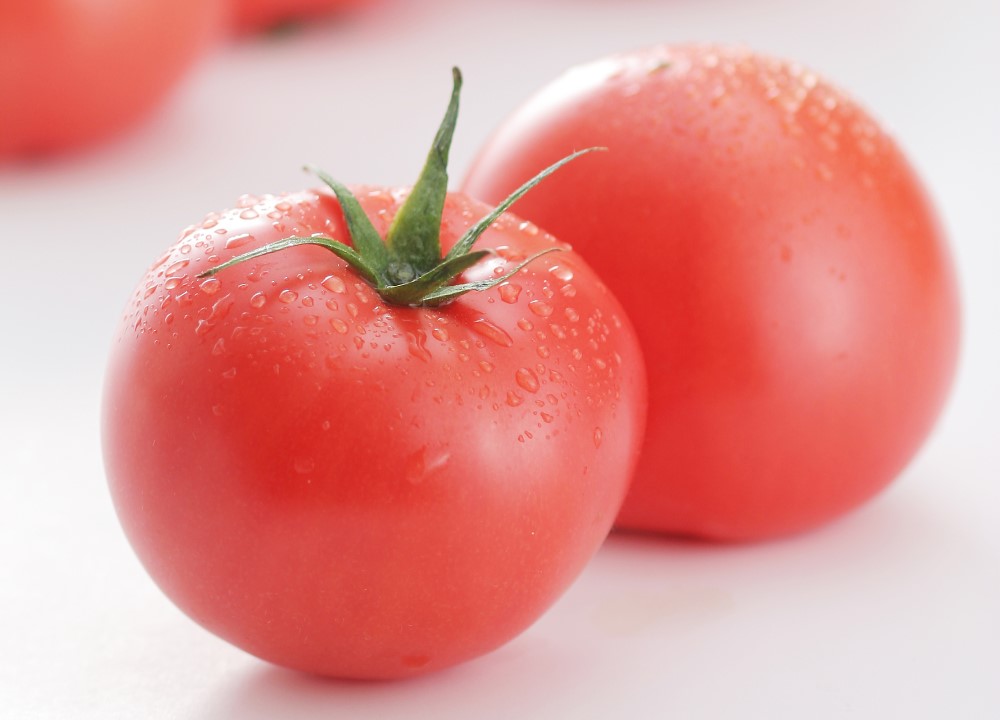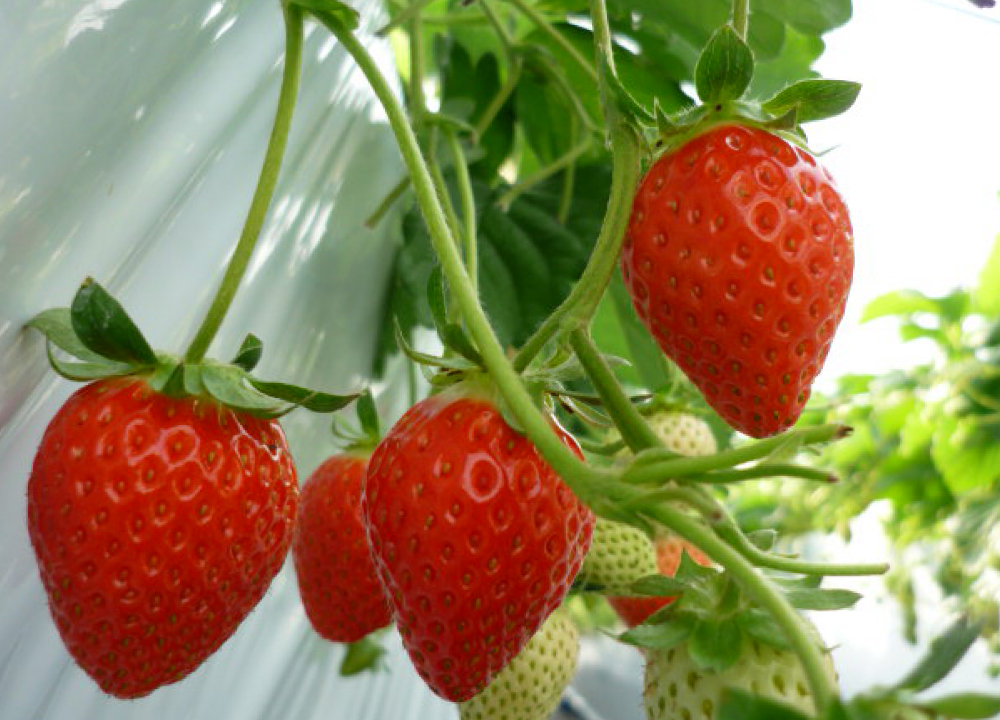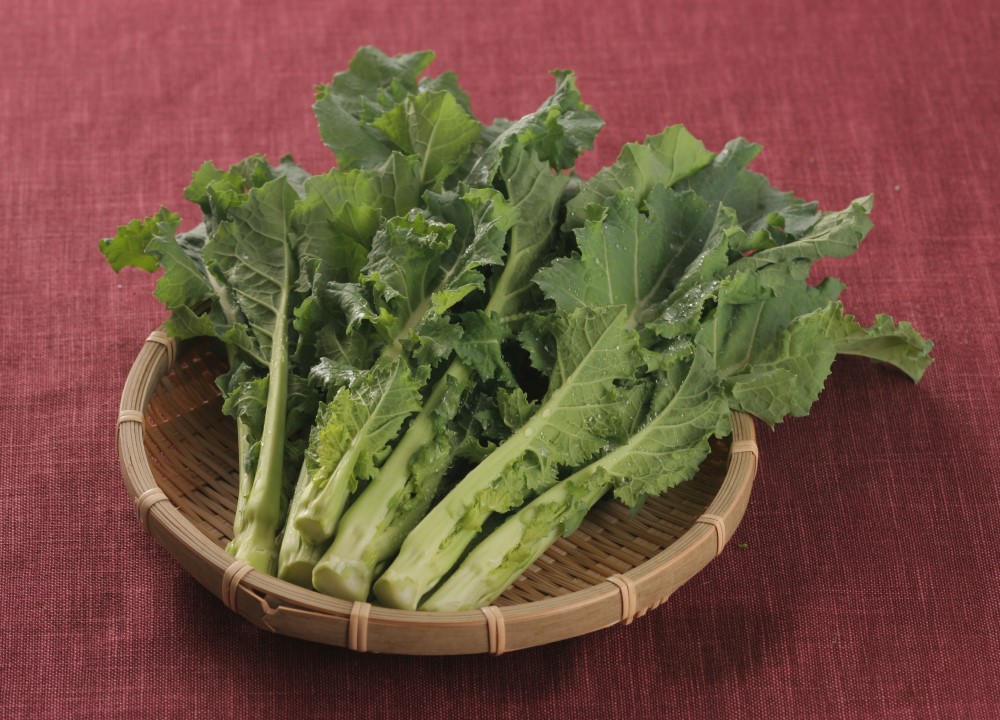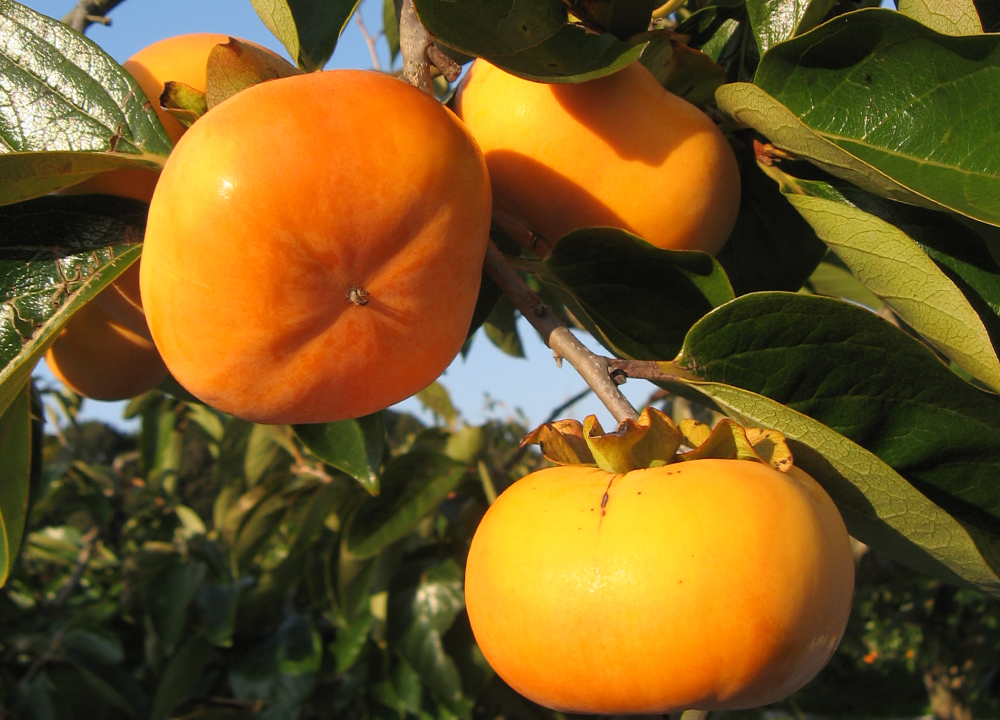Fine Quality that Mie Prides Itself On
「Nanki Mandarin Oranges」「Hijiki Seaweed」「Matoya Oysters」……
Fruit with the Sweetness of the Sun
Cultivated with Love
Nanki Mandarin Oranges
Plentiful sunshine and a temperate climate from the Kuroshio Current flowing into the Kumano Sea help to produce flavorful mandarin oranges with a perfect balance of sweetness and acidity. Only Nanki mandarin oranges that clear strict standards for sweetness and acidity are certified under the Mie Brand. To achieve this goal, farmers put a lot of love into their mandarin oranges.
High Quality Brought Out from the Distinctive Local Character
Original Techniques for Preserving Nutrition and Taste
Hijiki Seaweed
The Shima area is one of Japan’s leading producers of Hijiki seaweed, an edible brown algae. Shima Hijiki is extremely nutritious as a result of being harvested in the ocean where the Kuroshio Current stirs nutrient-rich water. Its stalks are thicker, longer, and have more texture than Hijiki seaweed from other prefectures. In the spring, Hijiki is collected from rocks along the coast where it grows wild. After being dried in the sun, most of the Hijiki seaweed is sent to factories in Ise, where it is processed using a unique traditional steaming process instead of boiling. This process helps to retain the nutrients and Hijiki’s natural robust flavor.
A Delicacy Born of the Fertile Sea
Unique Production for the Source of Culinary Delight
Matoya Oysters
Matoya oysters are cultivated in Matoya Bay, which is fed by the nutrient-rich rivers that flow down from the mountains. The bay is rich with plankton upon which Pacific oysters feed, so the oysters take one year to reach a size that usually takes two or three. The soft, fluffy meat has a rich sweetness. To ensure their safe consumption raw, the oysters are cleansed in seawater that has been sterilized with ultraviolet rays for 18 hours or longer so that all the seawater in their bodies is expelled.
A Traditional Delicacy Protected by the Ama
The King of Shellfish Raised in Fertile Waters
Abalone
The Toba-Shima region, which is said to be the birthplace of ama diving, is dotted with reefs that create the perfect ocean habitat for abalone, for which the ama have been diving for centuries. The local ocean, where Ise Bay is fed by nutrient-rich mountain streams and the warm Kuroshio Current, is extremely fertile, making it the perfect home for abalone, which feed on the abundant algae. All the more reason, Mie abalone are meaty, pleasantly chewy, and boast a unique flavor. The ama community strictly limits the length of the diving season and the size of abalone that can be caught in order to protect the natural resources of the entire area.
A Robust Taste Raised in a Beautiful Ocean
Distinctive Quality Made Possible by Nutrient-Rich Waters
Rock Oyster
Rock oysters are in season in summer, unlike Pacific oysters, which are in season in winter. Considerably larger than Pacific oysters, these delicious oysters are characterized by their creamy taste. In nature, rock oysters normally live on the ocean floor far from shore, but cultivation has been made possible by suspending them in areas off the Toba-Shima coast, where plankton are abundant. The oysters grow quickly, have thin shells, and are quite meaty, making them well worth cultivating. To keep them absolutely safe to eat, the oysters are cleansed in seawater that has been sterilized with ultraviolent rays, and then given a fresh water osmotic pressure treatment at the time of shipping.
The Natural Taste that the Locals Prides Themselves On
An Exquisite Taste from the Blessings of the Sea
Anori Blowfish
Anori Tiger Puffers are tiger blowfish weighing over 700 grams that are caught mainly in the fishing harbors of Anori. Born and raised in the nutrient-rich Ise Bay, where they must survive in the fast-flowing Kuroshio Current, Anori blowfish are characterized by their firmness and their mouth-watering sweet taste. After they’re caught, the tiger blowfish have their lower teeth carefully cut, so that they don’t harm one another. Mie cooperates with Aichi and Shizuoka in following self-imposed restrictions on the fishing periods and methods, and in requiring the release of tiger blowfish under a certain weight. They also continue to release young blowfish into the wild to keep the population viable.
The Miracle of Ise Bay and the Fishermen Devoted to It
A Delectably Fatty, First-Rate Fish Nurtured by Ise Bay
Toshijima Island Toro-Sawara Mackerel
In Ise Bay off the remote islands of Toshijima and Sugashima in Toba city, nutrients from surrounding mountains and the Kuroshio Current of the Pacific combine from fall to winter to create the optimal environment for fishing Spanish mackerel known as sawara in Japan. The resulting fish is a top-quality, rich-in-fat delicacy worthy of the toro prefix, the highest honor in Japanese fish nomenclature. The islands’ diligent fishermen exercise extreme caution so as not to leave a scratch on these premium catches. Each piscine prize is then weighed for its fat content, and only those that exceed 10% and meet a slew of other brand quality standards are shipped out as “Toshijima Island Toro-Sawara” mackerel. While common sawara dishes typically range from salt-grilled Shioyaki to miso-marinated and grilled saikyoyaki, fresh, fatty toro-sawara are equally exquisite prepared raw as sashimi or flame-seared to perfection as aburi.
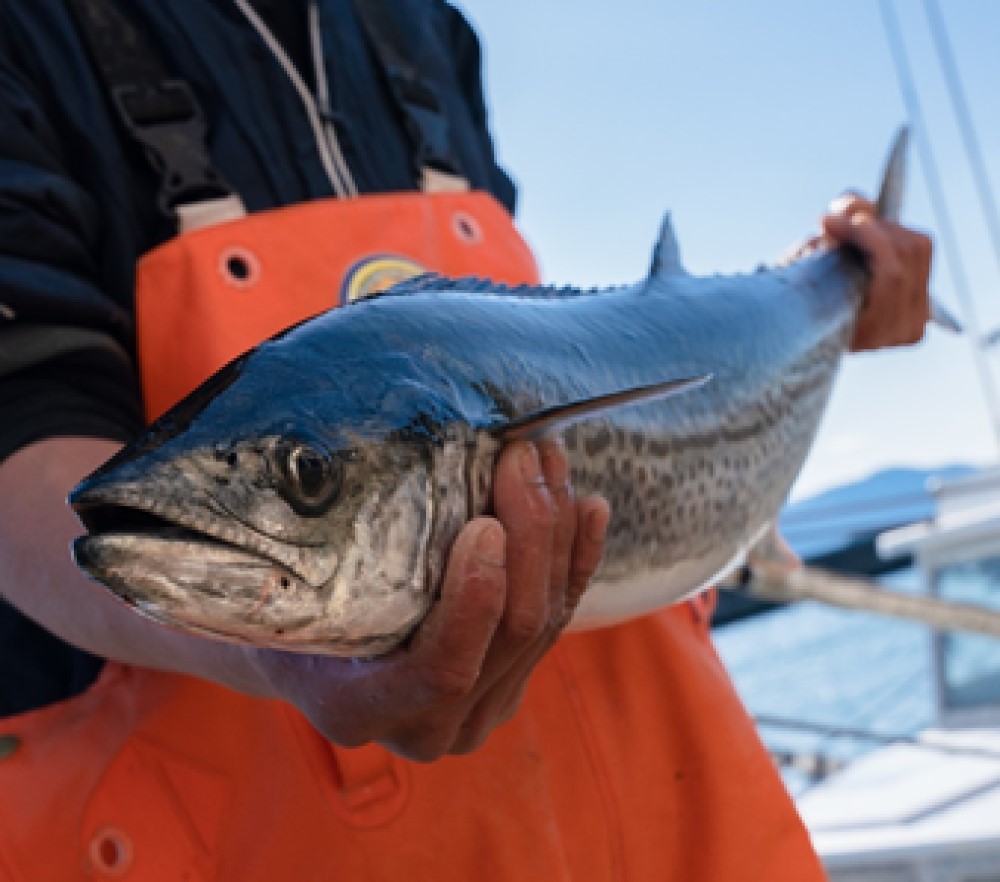
Nature’s Blessings Nurtured with the Wisdom and Techniques
「Tuna」「Tomatoes」「Nabana」……
The Ultimate in Red Meat, Product of Expert Skills
High-Quality Red Meat Raised in the Sanctity of the Ocean
Tuna
Various kinds of tuna are landed in Mie Prefecture, from big-eyed tuna caught out in the open sea to albacore tuna caught in closer waters and Pacific bluefin tuna raised in breeding areas located in the far northeast of Japan. Both the fishermen and the producers are committed to maintaining the freshness of the fish and implement quality control techniques to ensure that the tuna shipped from the prefecture is of the highest quality.
King of Fish Raised in Mie’s Ocean
Bringer of Good Luck on Celebratory Occasions
Red Sea Bream
Known as the King of Fish, the red sea bream has long been prized as a bringer of good luck and is essential at weddings, children’s festivals and other celebrations. Red sea bream are caught throughout the year, but it is said that they taste best in spring when they accumulate fat and nutrients in preparation for the breeding season. In Mie, wild sea bream are caught mainly in the Kumanonada Sea, but the flesh of the sea bream caught by single-line fishing at the mouth of Ise Bay is especially firm due to the rapid currents among which the fish live. Red sea bream farming has also been thriving in Mie, so much so that farmed red sea bream that parallels the quality and color of the natural ones can now be farmed with its progressive technology.
“Salad of the Sea” Brimming with the Fresh Smell of the Ocean
The Aroma of the Ocean Fills your Mouth
Sea Lettuce
Mie is the largest producer of sea lettuce in Japan. Cultivation of sea lettuce flourishes between the mouth of Ise Bay and Kumanonada Sea where nutrient-rich water flow in from the mountains. The sight of the surface of the sea covered in green sea lettuce is a sign that winter has come to the Shima region. Sea lettuce is cultivated with time and care among the gentle waves in the bay, turning a beautiful deep green color as it grows and delivering a pleasing texture and tantalizing aroma of the ocean.
A Perfect Balance of Sweetness and Acidity
Tomatoes
The optimal cultivation environment for tomatoes that guards against disease and pests was achieved from a desire to provide safe and delicious food. The know-how and efforts of the producers have produced a superb balance of sweetness and acidity.
An Inviting Fragrance that is Rich and Elegant
Strawberries
Kaorino is a new variety of strawberry developed by Mie Prefecture Agricultural Research Institute over a long period of time. Its key features are large fruit, low acidity and juicy, refreshing sweetness, as well as a rich fragrance. The name comes from its refined fragrance (“kaori” in Japanese).
Japan’s Top Producer
Nabana
Nabana refers to the young leaves that appear before the rapeseed plant flowers. Mie takes pride in being the top producer of this vitamin-rich vegetable.
Popular for their Crisp, Crunchy Texture
Maekawa-Jiro Persimmons
Maekawa-Jiro is a variety of sweet persimmon discovered in Taki, a town in Mie Prefecture. It features an almost square shape, firm texture and sweet flavor.
